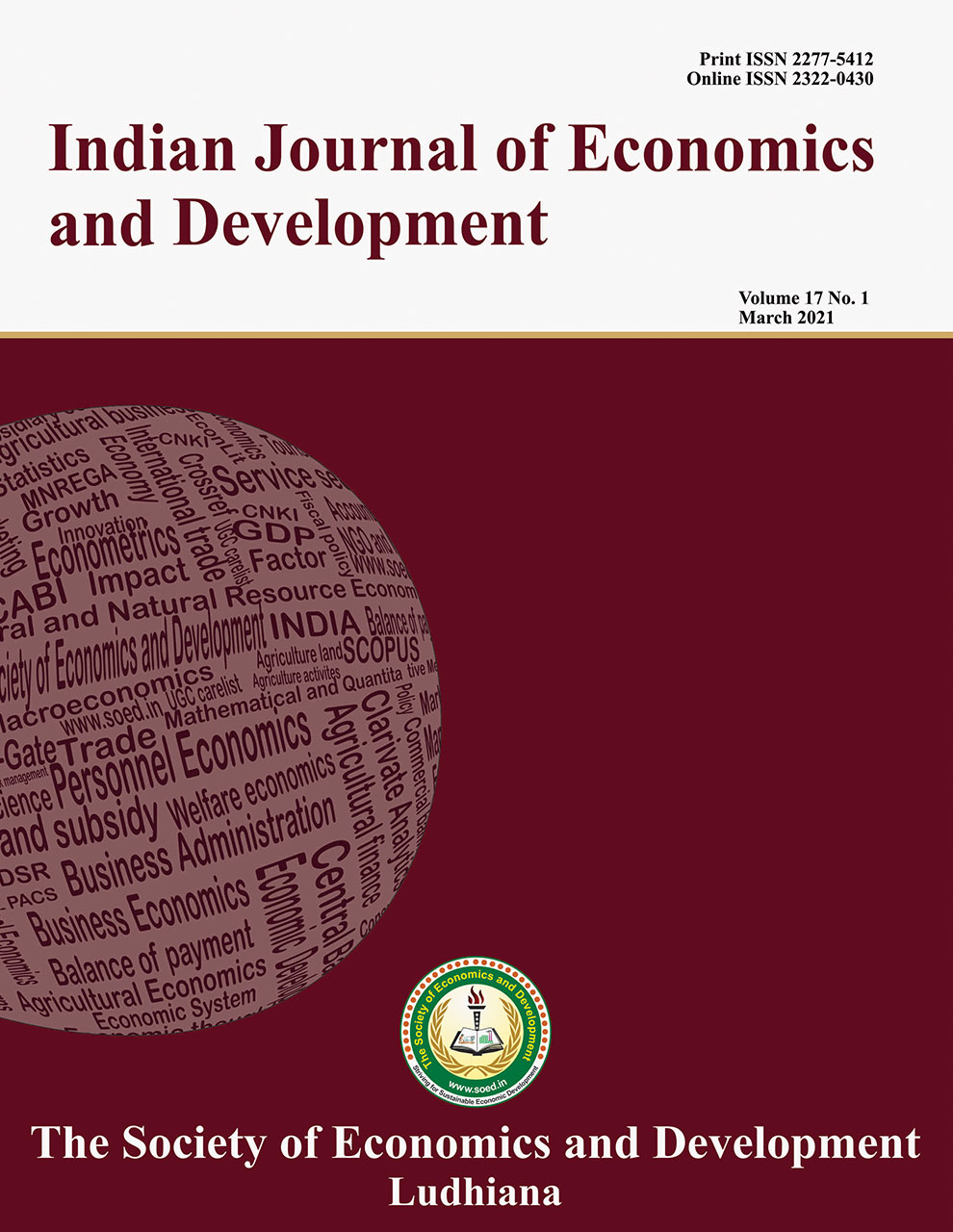Rescuing Nigeria’s Tobacco Industry: A Battle between Life and Death

Price: ₹ 1000
Author: Sadiq Mohammed Sanusi1, I.P. Singh2 and M.M. Ahmad3
Author Address: 1Department of Agricultural Economics and Extension, FUD, P.M.B. 7156, Dutse, Nigeria 2Department of Agricultural Economics, SKRAU, Bikaner 3Department of Agricultural Economics, BUK, Kano, Nigeria
Keywords: Forecast, growth, instability, Nigeria, tobacco, trend.
JEL Codes: C82, C89, Q12, Q18.
Abstract
Tobacco commodity is among the potential cash crops which supported the economy of the country before the oil boom. For almost a decade, the impact of the neglect of this cash crop is affecting the nation’s revenue as the mono-economy of the country is being marred by dwindling oil prices, thus affecting the country’s balance of payment annually. It is against this background that empirical research which will bring-out the measures needed to salvage the sub-sector (tobacco) was conceptualized. Time series data sourced from the FAO database that ranged from 1961 to 2017; covering production, area, yield and producer prices were used. Both descriptive and inferential statistics were used to analyze the data. The empirical evidence showed the performance of tobacco production in the country to be poor through the regime periods which marked the nation’s economy. Poor policy, production, technological, and marketing risks were the pronounced factors that inhibited the performance of the cash crop in the country. Furthermore, the future of this cash crop is not promising as the annual output will be plummeting due majorly to production and technological risks. Therefore, the need to revive this sub-sector viz. provision of production finance and establishment of a viable marketing value chain by the policymakers becomes inevitable as cash crops are the only alternative that will stabilize the nation’s economy because it is obvious that crude oil will not be able to sustain Nigerian economy.
Description
Indian Journal of Economics and Development
Volume 16 No. SS, 2020, 46-57
DOI: https://doi.org/10.35716/ijed/NS20-002
Indexed in Clarivate Analytics (ESCI) of WoS
Sadiq Mohammed Sanusi1, I.P. Singh2 and M.M. Ahmad3
1Department of Agricultural Economics and Extension, FUD, P.M.B. 7156, Dutse, Nigeria
2Department of Agricultural Economics, SKRAU, Bikaner
3Department of Agricultural Economics, BUK, Kano, Nigeria
*Corresponding author’s email: sadiqsanusi30@gmail.com



